
Principles of Management Chapter 4 EXTERNAL AND INTERNAL ORGANIZATIONAL
ENVIRONMENTS AND CORPORATE CULTURE
Learning Outcomes
After reading this chapter, you should be able to answer these questions:
• Define the external environment of organizations. • Identify contemporary external forces pressuring organizations. • Identify different types of organizational structures and their
strengths and weaknesses. • Explain how organizations organize to meet external market threats
and opportunities. • Identify the fit between organizational cultures and the external
environment. • Identify environmental trends, demands, and opportunities facing
organizations.
Exhibit 4.2 Macro Forces and Environments
(Attribution: Copyright Rice University, OpenStax, under CC-BY 4.0 license)
1. Define the external environment of organizations.
CONCEPT CHECK
1. Define the components of the internal and the external business environments.
2. What factors within the economic environment affect businesses?
3. Why do demographic shifts and technological developments create both challenges and new opportunities for business?
Exhibit 4.4 Company Industry Fit
Adapted from: Duncan, R. (1972). Characteristics of organizational environments of uncertainty. American Science Quarterly, 17 (September), 313-327; Daft, R. Organizational Theory and Design, 12th
edition, p. 151, Mason, OH, Cengage Learning. (Attribution: Copyright Rice University, OpenStax, under CC-BY 4.0 license)
2. Identify contemporary external forces pressuring organizations.
CONCEPT CHECK
1. What factors within the economic environment affect businesses?
2. Why do change and shifts and technological developments create both challenges and new opportunities for business?
Exhibit 4.5 Mechanistic and Organic Organizations
(Attribution: Copyright Rice University, OpenStax, under CC-BY 4.0 license)
Exhibit 4.6 Evolution of Organizational Structure
Adapted from: Daft, R., 2016, Organization Theory and Design, 12th edition, Cengage learning, Chapter 3; Warren, N., “Hitting the Sweet Spot Between Specialization and Integration in Organizational Design”, People and Strategy, 34, No. 1, 2012, pp. 24-30. (Attribution: Copyright Rice University, OpenStax, under CC-BY 4.0 license)
Exhibit 4.7 Functional Structure
(Attribution: Copyright Rice University, OpenStax, under CC-BY 4.0 license)
Exhibit 4.8 Divisional Organization Structure
(Attribution: Copyright Rice University, OpenStax, under CC-BY 4.0 license)
Exhibit 4.9 Geographic Structure
(Attribution: Copyright Rice University, OpenStax, under CC-BY 4.0 license)
Exhibit 4.11 Matrix Structure
(Attribution: Copyright Rice University, OpenStax, under CC-BY 4.0 license)
Exhibit 4.12 Networked Team Structure
(Attribution: Copyright Rice University, OpenStax, under CC-BY 4.0 license)
Exhibit 4.13 Virtual Structure
(Attribution: Copyright Rice University, OpenStax, under CC-BY 4.0 license)
3. Identify different types of organizational structures and their strengths and weaknesses.
CONCEPT CHECK
1. Why does the matrix structure have a dual chain of command?
2. How does a matrix structure increase power struggles or reduce accountability?
3. What are advantages of a formal committee structure? Disadvantages?
Exhibit 4.15 Open System Model of an Organization
(Attribution: Copyright Rice University, OpenStax, under CC-BY 4.0 license)
Exhibit 4.16 Internal Organization
(Attribution: Copyright Rice University, OpenStax, under CC-BY 4.0 license)
Exhibit 4.17 The McKinsey 7-S Model
(Attribution: Copyright Rice University, OpenStax, under CC-BY 4.0 license)
Exhibit 4.18 The Internal Organization and External Environment
(Attribution: Copyright Rice University, OpenStax, under CC-BY 4.0 license)
Exhibit 4.20 Amazon’s Corporate Structure
(Attribution: Copyright Rice University, OpenStax, under CC-BY 4.0 license)
4. Explain how organizations organize to meet external market threats and opportunities.
CONCEPT CHECK
1. Identify the six major organizational structures.
2. Explain the McKinsey 7-S model.
Exhibit 4.21 The Competing Values Framework
5. Identify the fit between organizational cultures and the external environment
CONCEPT CHECK
1. How can employee diversity give a company a competitive advantage?
2. Explain the concept of hiring for fit as it relates to corporate culture.
3. What are some organizational issues that must be addressed when two large firms merge or grow rapidly like Amazon?
6. Identify environmental trends, demands, and opportunities facing organizations.
CONCEPT CHECK
1. What are some of the recrent trends facing organizations?
